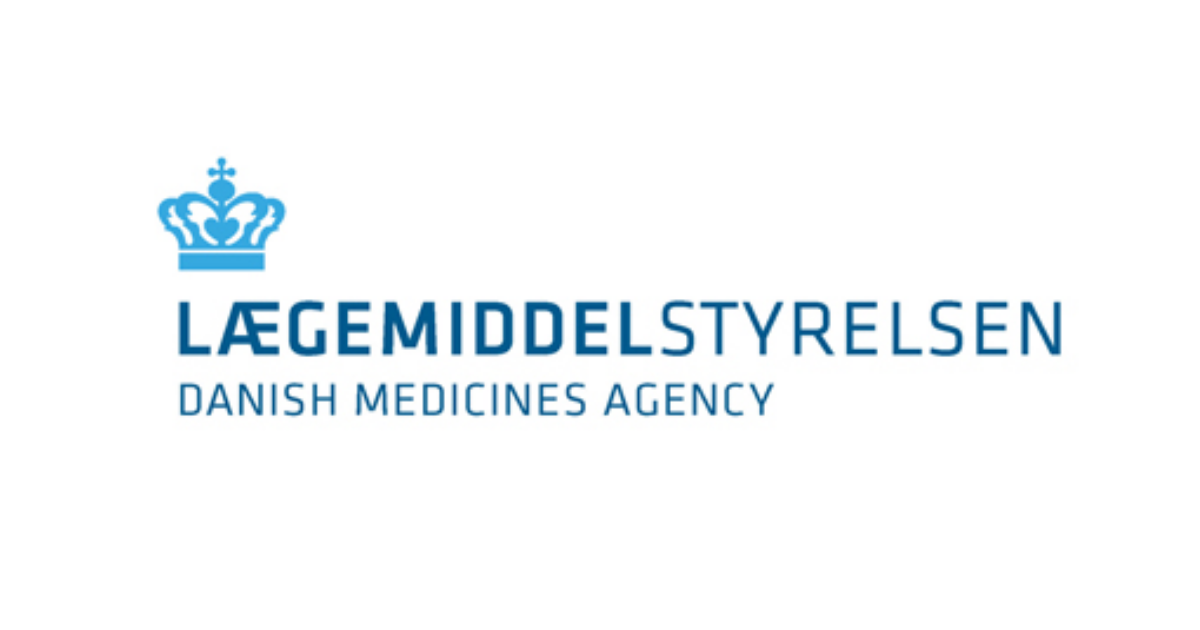Suspicion of rare eye condition from Ozempic use to be investigated further
Update of 17 January 2025:
On its January meeting, the Pharmacovigilance Risk Assessment Committee (PRAC) decided that the possible link between semaglutide and NAION is to be investigated in a separate procedure. The company behind the medicine (in this case Novo Nordisk) is to review and submit any available data related to semaglutide and NAION. After that, PRAC will review the material and decide whether there is cause to update the product information or take any other risk minimisation measures.
Link to PRAC highlights (ema.europa.eu)
The Danish Medicines Agency will request the European Pharmacovigilance Risk Assessment Committee, PRAC, to assess two new Danish register-based studies from the University of Southern Denmark. The studies point to a potential increased risk of a rare eye condition, NAION, in patients receiving the diabetes medicine Ozempic.
In two new studies, the University of Southern Denmark (SDU) has investigated if patients using the diabetes medicine Ozempic are at increased risk of developing a rare eye disease known as NAION. NAION (non-arteritic anterior ischemic optic neuropathy) is a rare condition that affects the small blood vessels at the front of the optic nerve, potentially leading to sudden vision loss and visual field defects.
In one of the studies, the researchers investigated data from a total of 424,152 diabetic patients of which one fourth (106,454) received Ozempic and the rest received other types of diabetes medicines.
The other study included both Danish and Norwegian registry-based data and has been completed in collaboration with the Norwegian Institute of Public Health. Here, the researchers investigated data from 44,517 Danish diabetic patients who received Ozempic between 2018 and 2024 and 16,860 Norwegian diabetic patients who received it between 2018 and 2022.
Read more about the studies and the researchers’ conclusions here (in danish).
Results to be assessed by PRAC
Over the past six months, the Danish Medicines Agency has kept focus on NAION as a possible adverse reaction of semaglutide, the active substance in Ozempic. As of 10 December 2024, the Danish Medicines Agency has received a total of 19 Danish reports of NAION. The first report to describe NAION as a suspected adverse reaction of semaglutide was received in July 2024. The adverse reaction reports have been submitted to the European database of side effects on a regular basis.
Up to now, the data basis of the adverse reaction reports and of earlier studies on NAION was not strong enough to point to a signal of a possible link between the medicine and the symptoms. However, the results from the new SDU studies reinforce this suspicion and may hold new important information that should be assessed by the European Pharmacovigilance Risk Assessment Committee, PRAC, to find out if semaglutide and NAION could be linked.
“In the past six months, we have evaluated reports and studies involving the serious eye condition known as NAION in collaboration with our European colleagues. These new register-based studies provide comprehensive data from Danish and Norwegian registers that the European Pharmacovigilance Risk Assessment Committee may now consider. Therefore, we will now request PRAC to assess thew new studies,” says Director of Department Line Michan.
Line Michan points out that NAION is an extremely rare condition. Furthermore, it has currently not been established whether Ozempic is the cause of the reported increase in the occurrence of NAION or whether other causes may have led to the condition in the diabetic patients concerned.
